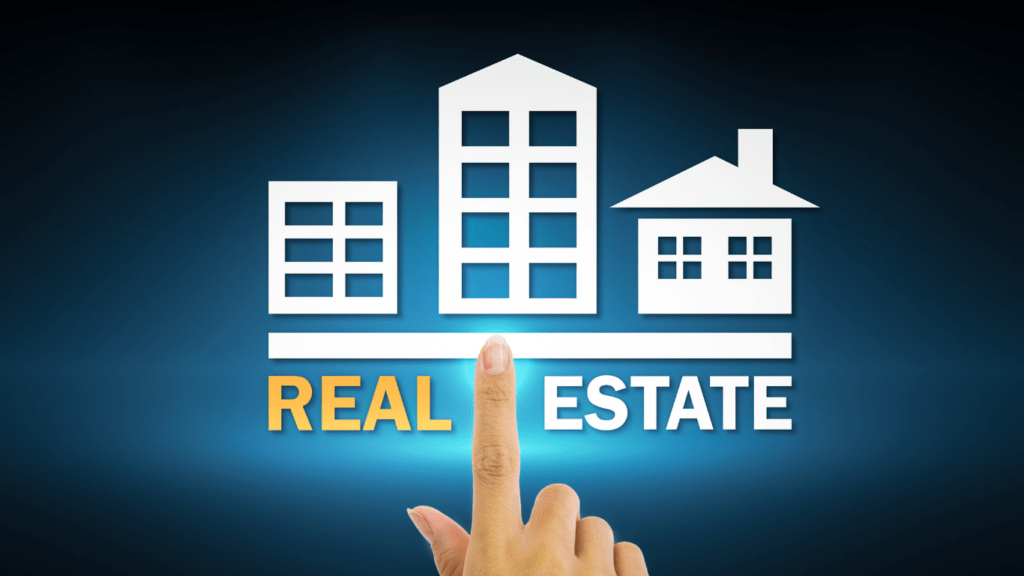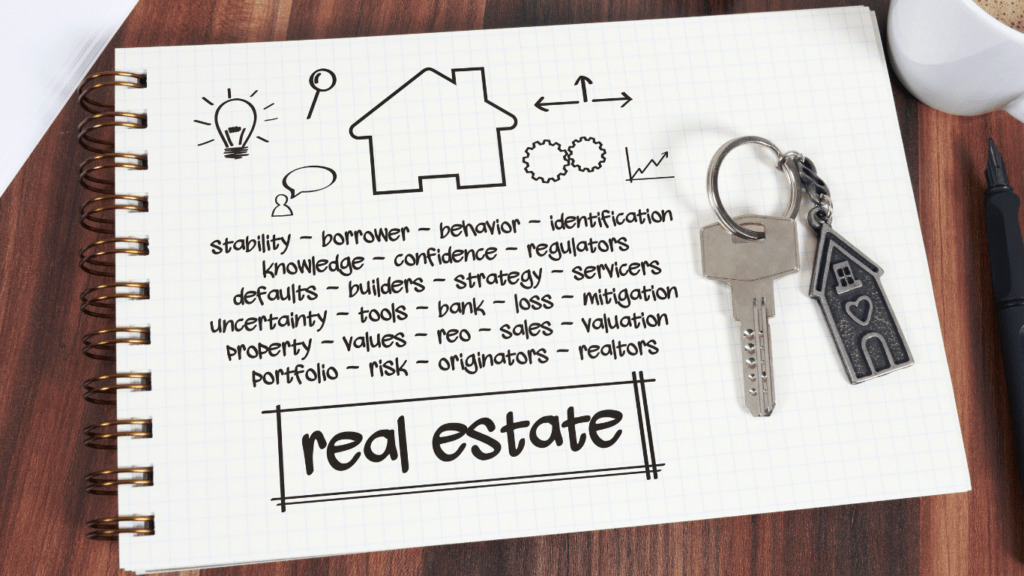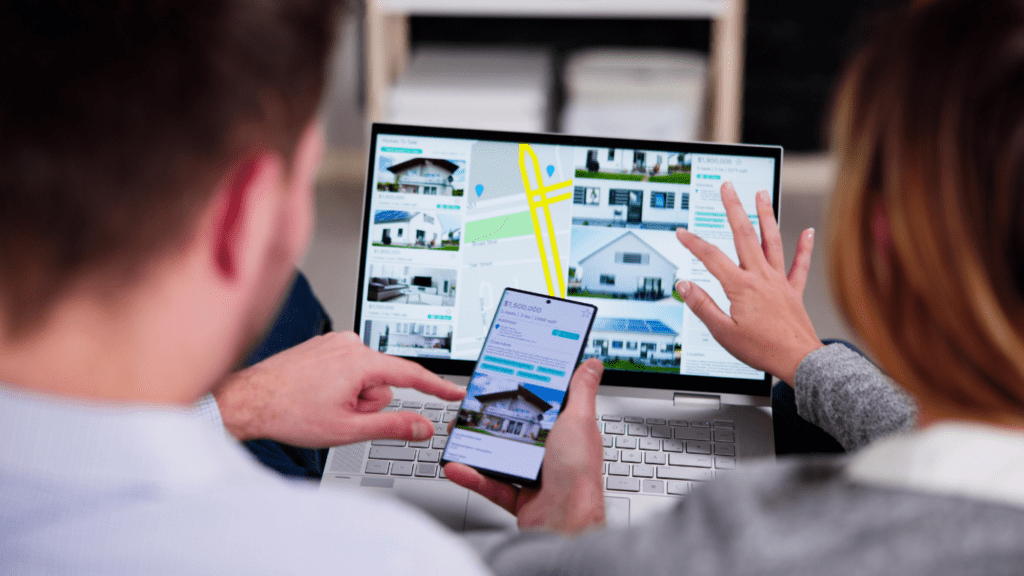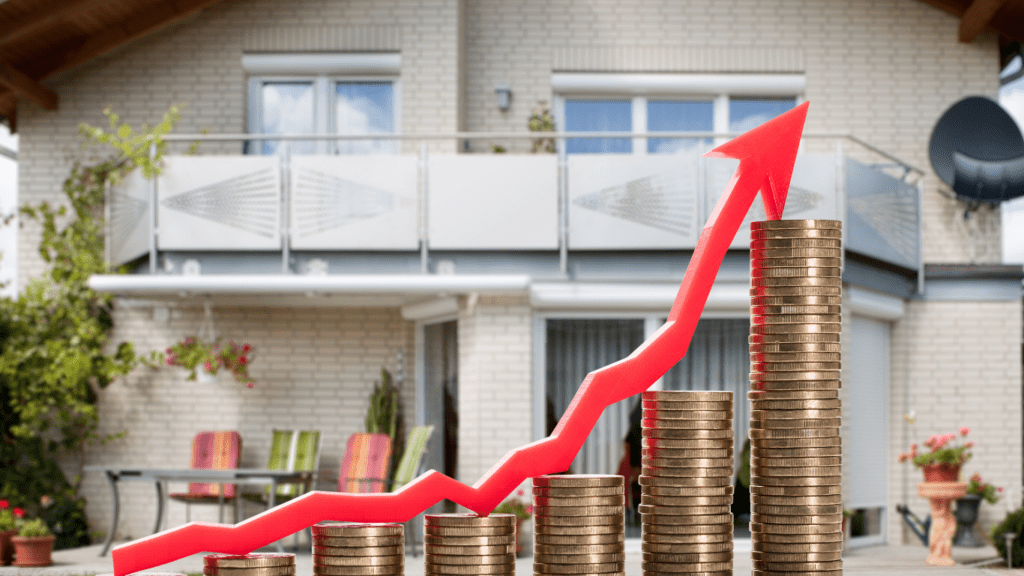Understanding Current Real Estate Industry Shifts
Recent trends in the real estate industry reflect significant transformations in economic conditions, technological integration, and consumer behavior. Interest rates continue to affect purchasing power, with higher rates discouraging first-time homebuyers and refinancing options. For instance, mortgage applications nationwide reported a decline of 25% compared to the same period last year, according to data from the Mortgage Bankers Association.
Remote work is reshaping demand, driving population shifts to suburban areas with lower costs and more space. This shift has led to increased sales in secondary cities like Boise, Idaho, and Austin, Texas, while urban hubs like New York saw rental demand rebound due to hybrid work models.
Sustainability remains a priority, with green-building certifications and energy-efficient features becoming standard for new developments. Builders report a 30% rise in inquiries about energy-efficient designs, highlighting this growing consumer preference.
Technology advancements, especially virtual reality, streamline property visits and transactions. Platforms offering virtual walkthroughs reported a 47% spike in adoption, particularly among buyers from across state lines.
Commercial spaces are adjusting to declining demand for traditional office layouts. Companies are adopting hybrid-use spaces, increasing demand for co-working hubs and multi-purpose properties in city centers. JLL noted a 12% rise in flexible workspace leasing over the past month, reflecting this evolution.
Key Trends Impacting Real Estate This Month
Real estate trends this month show significant changes in suburban growth, property usage, and technological integration. These shifts are driven by evolving work patterns, consumer preferences, and market innovation.
The Rise Of Suburban Developments
Suburban developments continue growing due to population migrations linked to remote work. Secondary cities like Boise and Austin report higher housing demand, while suburban home prices have increased by 15% over the past year. Buyers prioritize larger properties and proximity to green spaces. Developers are responding with master-planned communities featuring enhanced amenities and sustainable designs.
Increasing Demand For Multi-Use Properties
Demand for multi-use properties is rising as urban planning adjusts to consumer behaviors. Live-work-play communities, which combine:
- residential
- commercial
- recreational spaces
are seeing a 20% increase in new projects. Retail spaces are being repurposed to include co-working offices and residential units to optimize utility. Mixed-use developments address shifting lifestyle preferences while maximizing real estate value.
Advancements In Real Estate Technology
Technology adoption in real estate accelerates with innovations improving efficiency. Virtual property tours saw a 47% increase in use, simplifying transactions for remote buyers. Artificial intelligence tools, such as predictive analytics, now assist in pricing and investment decisions. Blockchain solutions are facilitating more secure property transfers, with adoption rates growing by 18% within the last quarter.
Challenges Facing The Real Estate Market

The real estate market is encountering obstacles that affect buyer behavior, development timelines, and pricing structures. These challenges highlight the complexities in adapting to current conditions.
Supply Chain Disruptions
Development projects are experiencing delays due to persistent supply chain issues. Building material costs, including lumber and steel, have increased by 19% over the past year, based on industry reports. This rise, coupled with longer delivery times, has slowed construction for residential and commercial properties. Labor shortages further strain project schedules, with 76% of surveyed contractors citing difficulties in finding skilled workers. Developers are revising timelines and budgets to meet these constraints while minimizing financial risk.
Changing Consumer Preferences
- Shifts in consumer priorities are reshaping market demand.
- Modern buyers increasingly value features like energy efficiency, home offices, and multi-functional spaces.
- Reports indicate a 30% surge in inquiries for green-certified homes and a 40% rise in demand for properties with dedicated office areas.
- Consumers are seeking homes adaptable to remote work and lifestyle changes, pushing developers to integrate flexible layouts into new constructions.
- These evolving preferences are steering investments in amenities and design innovations that cater to current expectations.
Opportunities For Investors And Developers
The real estate industry is evolving rapidly, offering new opportunities driven by shifting consumer demands and advancing technologies. Understanding emerging markets and sustainability trends can reveal profitable ventures.
Emerging Markets To Watch
Several markets are gaining momentum due to demographic and economic shifts. Suburban areas continue to experience a surge, with secondary cities like Boise and Austin showing a 15% rise in home prices over the past year. Remote work has fueled migration to these regions, creating high demand for residential developments.
Internationally, Southeast Asia’s growing middle class and urbanization have made cities such as Jakarta and Ho Chi Minh City attractive, especially with their projected 6% annual GDP growth over the next five years. Developers and investors are exploring multi-use properties in these regions to meet the needs of populations seeking modern living spaces.
Sustainable And Green Building Trends
Sustainability has become a primary focus for buyers and tenants, creating demand for green-certified properties. Developers report a 30% increase in inquiries for energy-efficient designs this month, ranging from solar panel installations to smart thermostats. Properties with green certifications now sell 10-15% faster on average, underscoring their appeal.
Materials like cross-laminated timber and recycled steel are becoming popular for new projects, not only reducing costs but also minimizing carbon footprints. With building material prices up 19%, these alternatives offer investors a competitive edge while aligning with eco-conscious consumer preferences.





